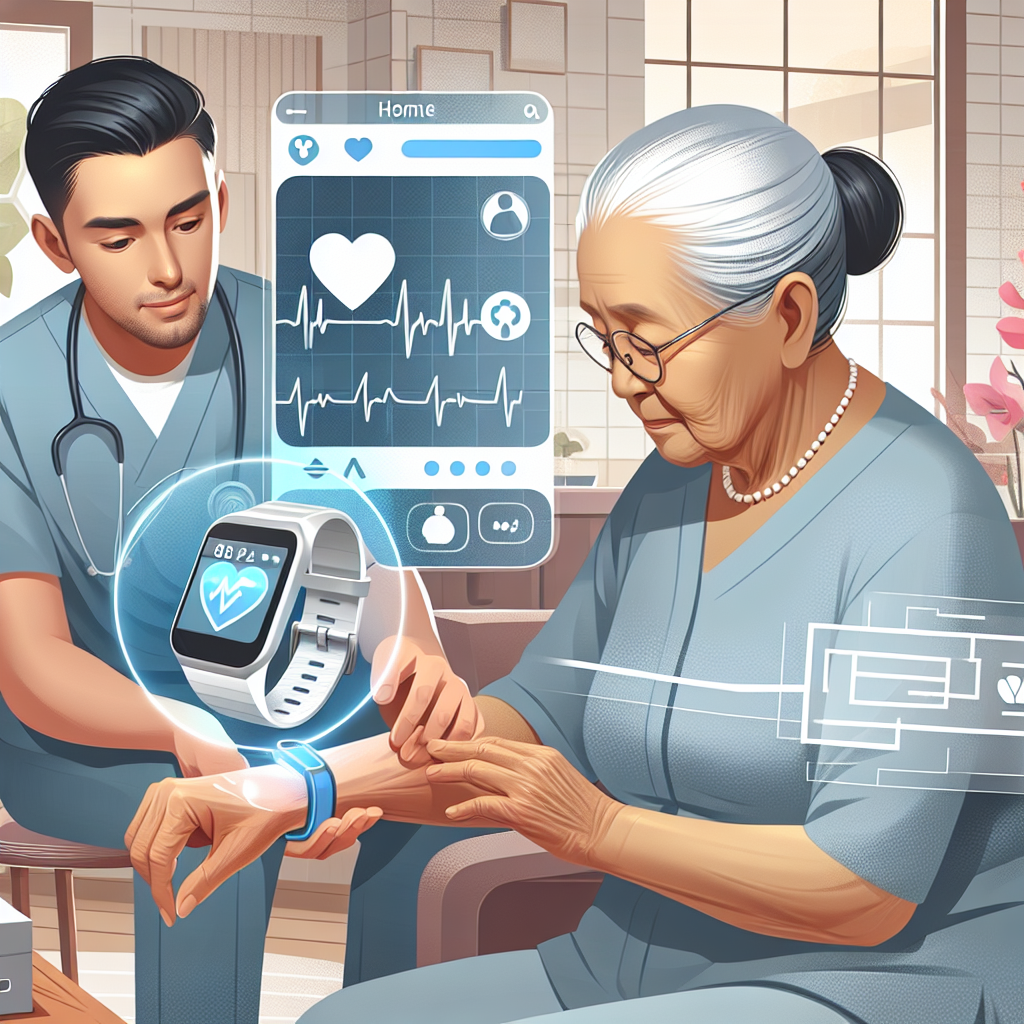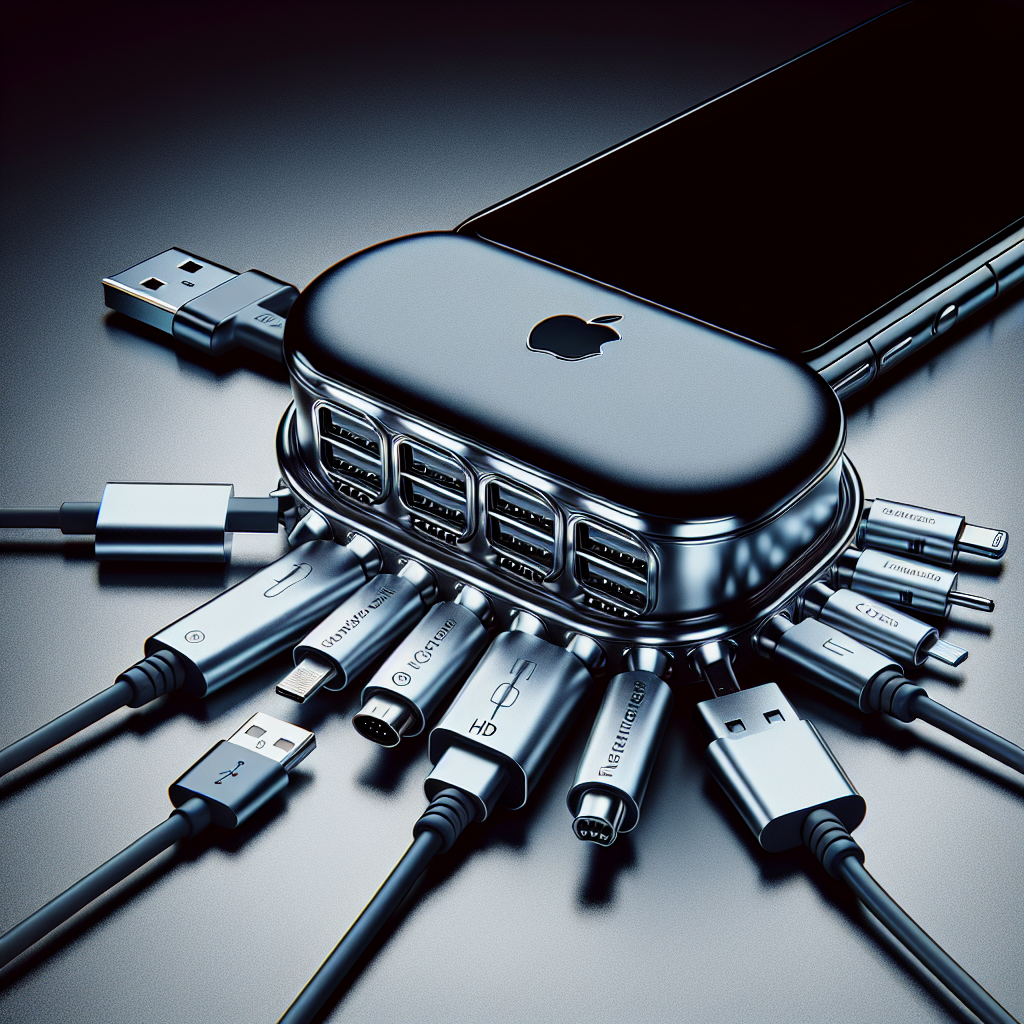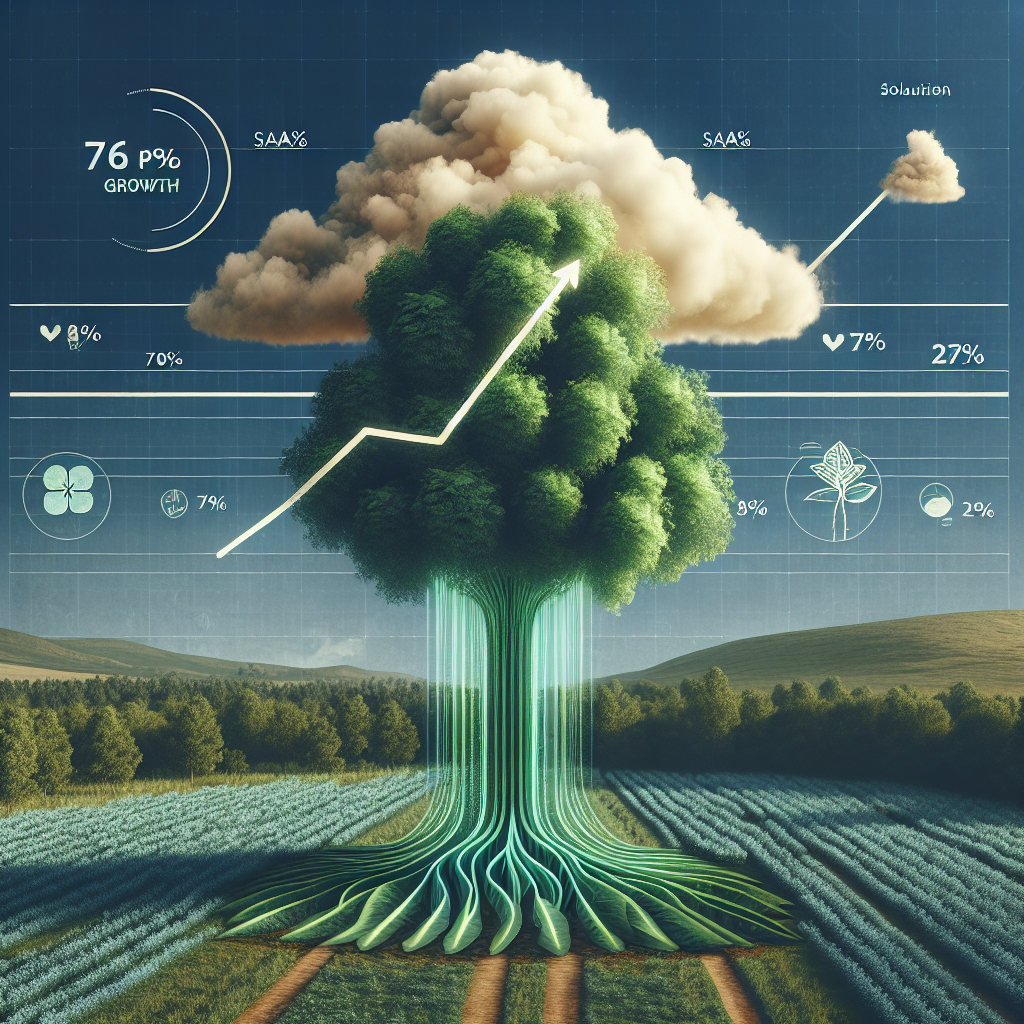As digital innovation continues to evolve, the elder care sector is witnessing a profound transformation through the integration of senior monitoring devices. These tools are not only reshaping how care is provided but are also setting new standards in ensuring the safety and well-being of the elderly population. According to a recent article titled “Modern Aging: How Senior Monitoring Devices are Redefining Elder Care” published by Startup News, these technological advancements are proving to be a pivotal element in the realm of geriatric care.
Monitoring technologies range from wearable devices that track vital signs to advanced systems integrated within living spaces that can detect falls or unusual activity. The core benefit of these devices lies in their ability to provide continuous, real-time health monitoring without being obtrusive. Moreover, they empower seniors to maintain their independence while providing peace of mind to their families and caregivers, who can be alerted immediately in case of any health irregularities or emergencies.
The article highlights several key benefits associated with the deployment of these devices. One primary advantage is the enhancement of safety for the elderly, particularly for those who live alone. Systems equipped with motion sensors and cameras can alert caregivers to falls, a significant risk for seniors, thereby facilitating timely medical responses. Additionally, wearable devices can monitor heart rate, sleep patterns, and physical activity, helping to manage or even preempt chronic conditions common among older adults.
Furthermore, these monitoring tools are playing a crucial role in bridging the gap between traditional healthcare services and modern technology. They enable doctors and healthcare providers to access vital data remotely, making it easier to adjust treatments or medication without needing frequent in-person visits. This aspect of digital monitoring is particularly vital in rural or underserved areas where access to healthcare facilities and specialists is limited.
However, the integration of such technologies is not without challenges. Privacy concerns are paramount, as the handling and storage of sensitive health data pose significant risks. There are apprehensions about how this data might be used beyond health monitoring, especially considering the vulnerabilities associated with cybersecurity. Moreover, there is a cultural hurdle in persuading some elderly individuals to adopt these new technologies, stemming from a mix of skepticism and the intimidation often associated with new gadgets.
Experts in the field are calling for robust regulatory frameworks to address these issues, ensuring that data privacy laws are strictly enforced and that the technology is employed with the highest ethical standards. They also suggest ongoing education and outreach programs to help older adults become more comfortable and familiar with these devices.
The evolution of senior monitoring devices illustrates a broader shift towards technology-driven solutions in healthcare, particularly in addressing the needs of an aging global population. As these tools continue to permeate the elder care landscape, their potential to enhance quality of life and care efficacy holds promising implications for the future of aging societies. However, the success of these innovations will largely depend on how effectively they can navigate the complex interplay of technology, ethics, and user engagement in the coming years.



